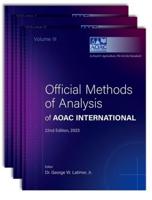Publisher's Synopsis
In this book, the leading edge of basin research is presented in the course of a detailed case study on an oblique convergent margin. Sedimentary basins are rich in natural resources and often overlain by densely populated residential areas, then draw attention of technical experts who are engaged in the field of civil engineering, disaster prevention, natural resource exploration, and so forth. Such a pragmatic viewpoint aside, clastic materials filling basins are a good example of the developmental process of the Earths surface. Detailed analysis reveals paleoenvironmental changes linked to eustatic sea-level changes and the uplift and exhumation process of hinterlands governed by longstanding tectonic episodes. The authors review the latest analytical methods of the gravity anomaly. Apart from conventional gravimetric prospecting, recently developed innovative methodologies have tremendous usability to aid in comprehending the deep three-dimensional structure of the sedimentary basins. Combining stratigraphic/sedimentological data of numerous boreholes and high resolution profiles of the reflection seismic survey, the authors visualize the deep interior of a fault-related basin in the Japanese Islands as an ideal example that has been studied by many researches and never been understood in a multidisciplinary way. Surely, this book provides audiences with an integrated vision of the basin evolution processes under the influence of dynamic spatial and temporal changes in tectonic regimes on active plate margins.










